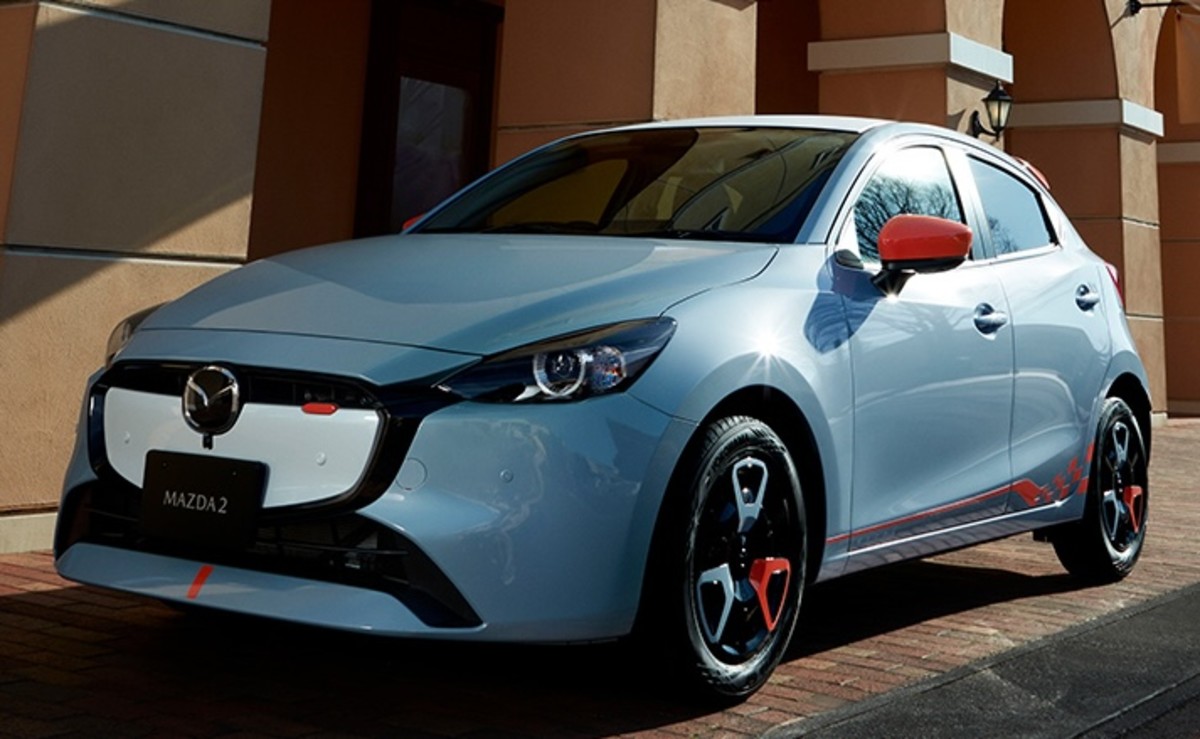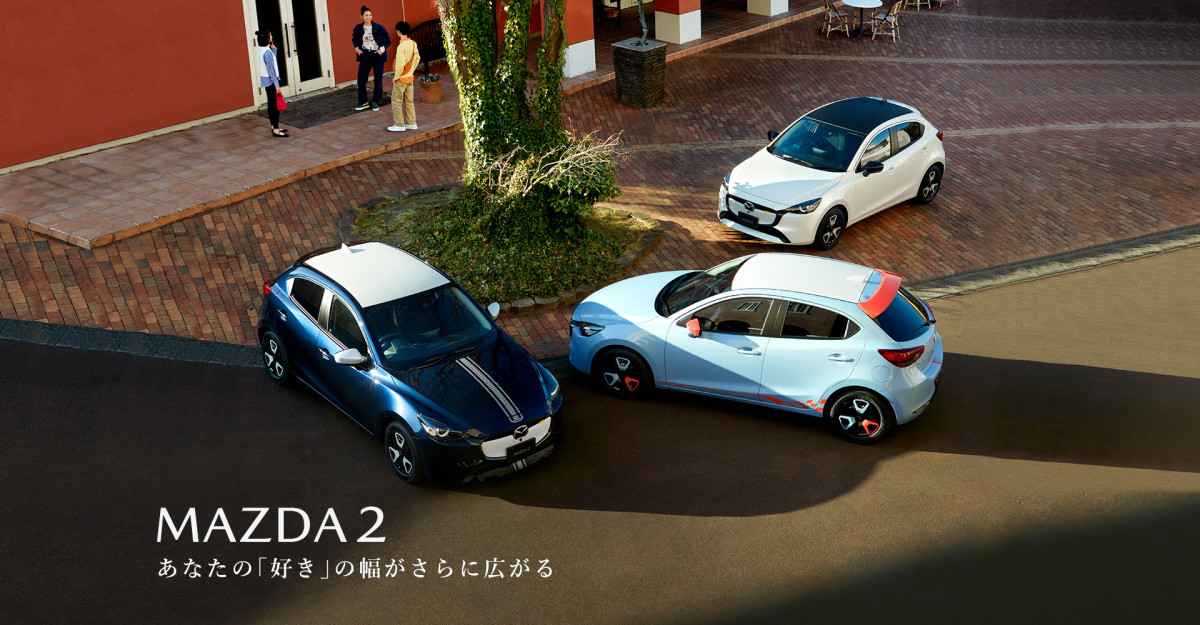A Nameplate That Just Won’t Quit
The Mazda2 has been gone from the US for more than a decade now, slipping out just as the then-new generation arrived globally. That generation is still the one on sale today. Before the company unified its naming, the model lived its early life in Japan as the Demio, and the third iteration has stretched its career far longer than anyone expected. Two major facelifts kept it relevant, but 2024 brought talk that the model was finally winding down.
Instead, Mazda has done the opposite. The company has rolled out yet another update for the small hatchback, keeping it on sale in Japan for the 2026 model year. For a car that’s been assumed dead multiple times, the Mazda2 keeps turning up with one more refresh.
Mazda
Fresh Equipment, New Tech, and a Sharper 15MB
This round of changes focuses on giving the long-running platform more standard features and a cleaner lineup. Japanese-market 2026 models now come with items that used to be optional, such as 60/40 split-folding rear seats, rear privacy glass, a 360-degree camera, front and rear parking sensors, and an auto-dimming rearview mirror. Mazda has even managed to fit its latest Mazda Connect system – the one found in the Mazda3 – into the small cabin, complete with an 8.8-inch screen.
The motorsports-oriented Mazda2 15MB also gets meaningful updates. Its 1.5-liter Skyactiv-G now produces 116 hp and 103 lb-ft of torque, a modest but useful bump over the regular car. It remains paired exclusively with a six-speed manual. Mazda has also trimmed about 110 lbs from the 15MB by stripping out comfort and safety equipment, giving it a curb weight of about 2,293 lbs – slightly lighter than the Mazda MX-5 Miata, but with more seats and a usable cargo space.
Mazda
What Comes After a Decade-Long Run?
There’s no question that Mazda is preparing for a successor. The Vision-X Compact Concept shown at the Japan Mobility Show hinted at the brand’s design direction for its smallest model. It’s a small vehicle with what we believe is a crossover-leaning stance, though it still fits the footprint expected of a Mazda2 replacement. Whether that future model stays in the hatchback segment or becomes a slightly higher-riding model remains to be seen, but the concept suggests that Mazda isn’t abandoning the entry-level space.
The Mazda2 arrived in the US in 2010 and exited in 2015, both times due to shifting buyer preferences. With today’s shrinking supply of affordable small cars, could Mazda bring the 2 back, either in its current form or the next-generation model? Let’s wait and see.
Mazda
